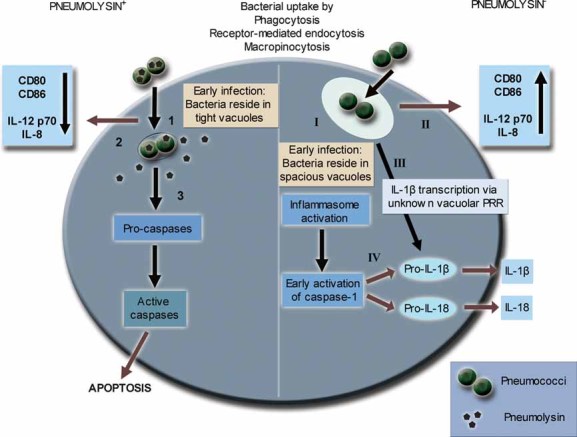Figure 9. Potential mechanisms involved in the human DC response to infection with pneumolysin-proficient and pneumolysin-deficient pneumococci.

Infection with pneumolysin-proficient pneumococcal strains results in evasion of inflammatory responses (1–3). Following uptake, the pore-forming toxin pneumolysin induces rapid processing of bacteria into tight vacuolar compartments (1). Host sensing of bacterial components leads to an inhibition of cellular activation and cytokine secretion (2) and induction of caspase-dependent apoptosis of the DC (3). Infection of DCs with pneumolysin-deficient strains stimulates strong proinflammatory responses (I–IV). During early infection, bacteria reside in spacious vacuoles (I) and prolonged stimulation of vacuolar receptors leads to an enhanced immune response shown as up-regulation of CD80 and CD86 as well as synthesis of the cytokines IL-8 and IL-12 p70 (II). Signalling via an unknown vacuolar pattern recognition receptor (PRR) contributes to the up-regulation of pro-IL-1β (III). Inflammasome activation is triggered in the cell and early induction of active caspase-1 leads to processing of pro-IL-1β and pro-IL-18 and subsequent release of the mature proinflammatory cytokines IL-1β and IL-18 (IV).
